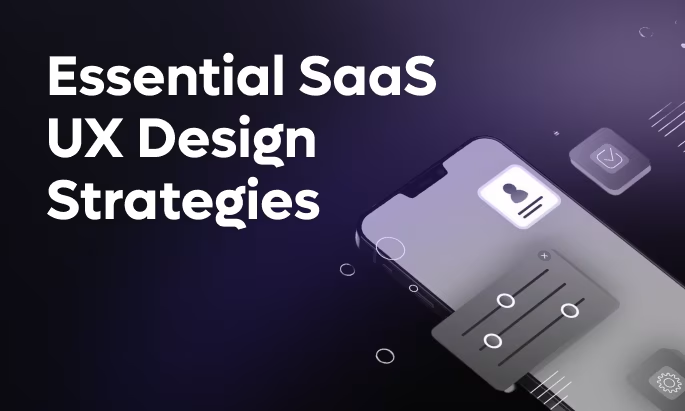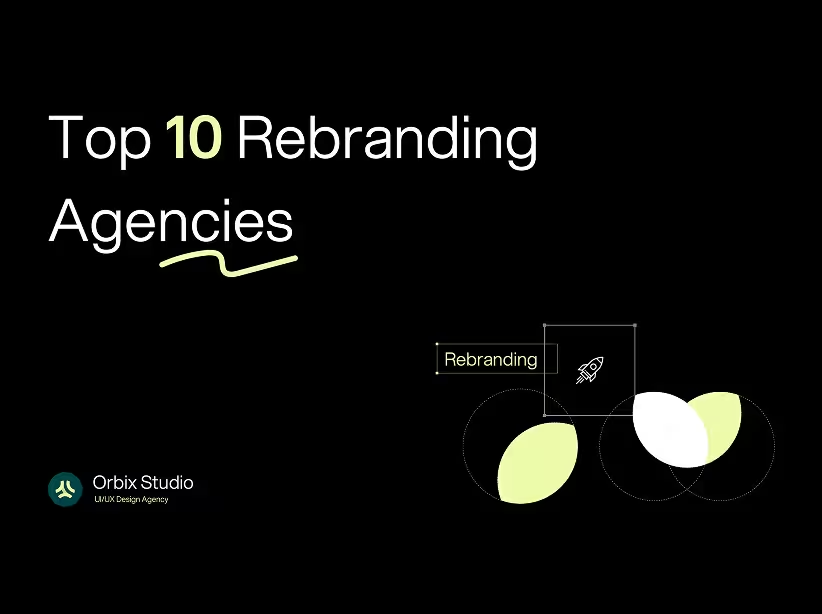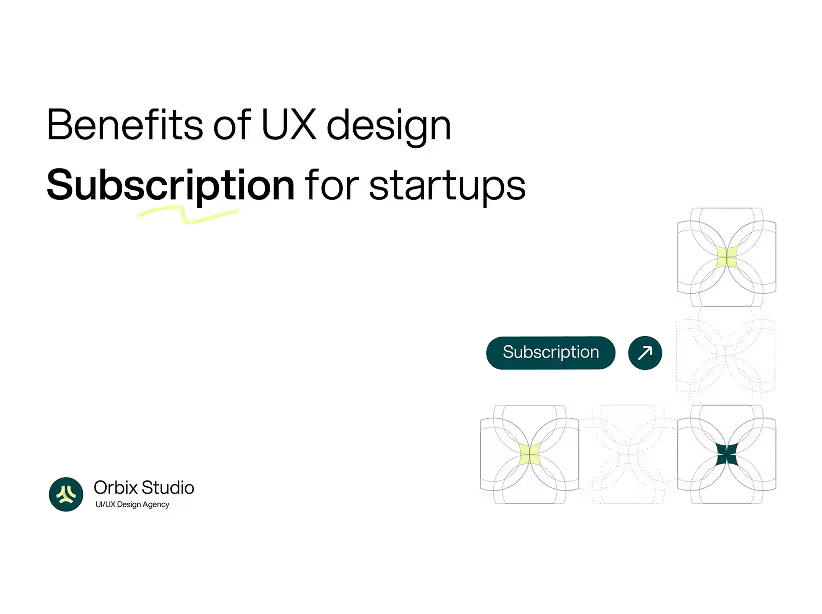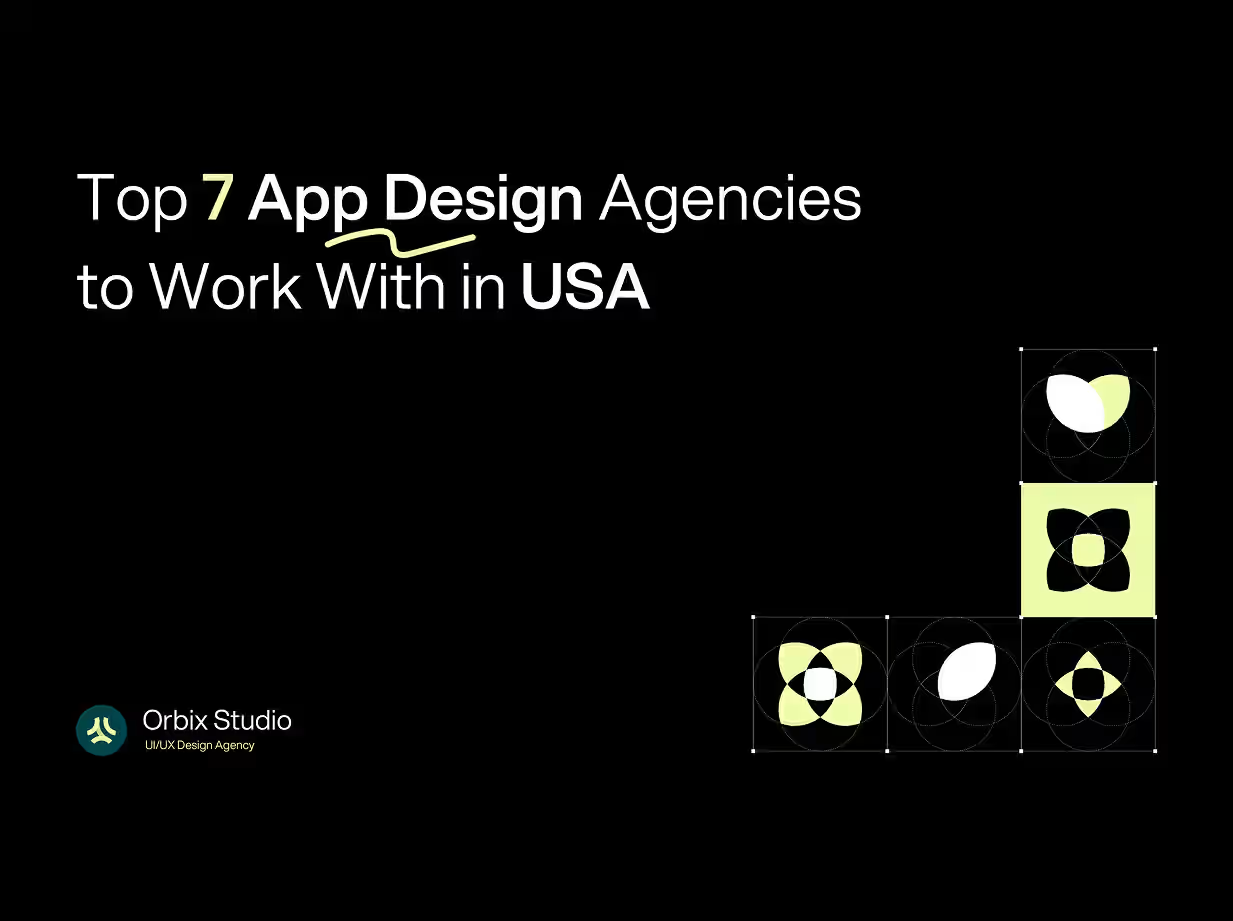Table of Contents
- Understanding the Core of SaaS UX Design: Why It Differs from Traditional Software
- Embrace Simplicity and Progressive Disclosure to Combat Overwhelm
- Integrate AI-Powered Personalization for Hyper-Relevant Experiences
- Leverage Micro-Interactions and Visual Feedback for Engagement
- Emerging 2025 Trends Shaping SaaS UX Best Practices
- The Bottom Line: Implementing SaaS UX Best Practices for Long-Term Success

In the SaaS ecosystem of late 2025, where user expectations evolve faster than software updates, mastering UX design isn't just about aesthetics—it's about engineering loyalty in a market valued at nearly $300 billion. Poor UX can lead to 70% churn rates, while exemplary designs deliver a 9,900% ROI on every dollar invested. As 85% of business software shifts to SaaS models, product teams must prioritize best practices for SaaS product UX design to drive adoption, reduce friction, and fuel sustainable growth
At Orbix Studio, our AI-powered UI/UX design agency in New York with a collaborative global team from Dhaka, we've dissected these practices through hands-on work with over 120+ SaaS, fintech, and healthtech clients since 2018. This in-depth analysis goes beyond surface-level tips, exploring the why, how, and measurable impact of key SaaS UX best practices. We'll draw on fresh 2025 data, real-world case studies, and analytical breakdowns to equip you with actionable strategies. Whether you're refining a dashboard or launching a new tool, these insights will help you craft UX that resonates and retains.
Understanding the Core of SaaS UX Design: Why It Differs from Traditional Software
SaaS UX design stands apart because it must balance subscription-based retention with rapid value delivery in cloud environments. Unlike one-off apps, SaaS interfaces guide users through ongoing journeys, emphasizing scalability and adaptability. In 2025, with 78% of SaaS companies embedding dashboards for data insights, UX must transform complexity into clarity.
Analytical Insight: Poorly designed SaaS UX often stems from overlooking user context—leading to 50% abandonment in onboarding alone. By contrast, best-in-class designs incorporate AI to anticipate needs, boosting engagement by 80%. The key? A user-centric foundation that evolves with feedback loops.
Prioritize User Research and Iterative Testing for Data-Driven Decisions

No SaaS UX thrives without deep user insights. In 2025, top practices mandate continuous research—combining analytics, heatmaps, and A/B tests to uncover behaviors. Avoid assumptions; instead, validate with real users to refine personas and journeys
- In-Depth Analysis: Pros include a 30% uplift in usability, but cons involve time investment—mitigated by AI tools that automate 40% of analysis.
- Case Study: A fintech client at Orbix saw session times double after we iterated based on user testing, revealing hidden navigation pain points.
- Implement by starting small: Test one feature quarterly to build momentum.
Embrace Simplicity and Progressive Disclosure to Combat Overwhelm
SaaS products often pack features, but overwhelming users leads to 88% abandonment. Best practices advocate minimalist interfaces with progressive disclosure—revealing info as needed. In 2025, modular dashboards allow customization, enhancing perceived control.
- In-Depth Analysis: This approach cuts cognitive load by 50%, but risks hiding value—balance with intuitive cues like micro-onboarding. Example: We redesigned a healthtech SaaS dashboard using widget-based layouts, resulting in 40% faster task completion.
- Key Tactics: Use white space liberally; layer features via tooltips; ensure mobile-first for 60% of traffic.
- Measurable Outcome: Companies adopting this see 211% better performance metrics.
Integrate AI-Powered Personalization for Hyper-Relevant Experiences

AI isn't hype—it's essential for SaaS UX in 2025, powering predictive interfaces that adapt in real-time. Best practices include dynamic content and recommendations, with 68% of users favoring personalized interactions
In-Depth Analysis: Pros: 35% wider audience; Cons: Added complexity—AI audits streamline this. Orbix Case: A fintech app gained 20% more users post-accessibility overhaul, including voice navigation.
Ensure high-contrast modes, alt text, and keyboard-friendly designs.
Leverage Micro-Interactions and Visual Feedback for Engagement
Subtle animations and feedback loops make SaaS feel alive, guiding users intuitively. In dashboards, minimalist visualizations clarify data without overload
In-Depth Analysis: Boosts satisfaction by 25%, but overuse slows performance—optimize for speed. Example: We added loading spinners and success animations to a SaaS CRM, cutting perceived wait times by 30%
Emerging 2025 Trends Shaping SaaS UX Best Practices
Looking ahead, AI agents, dark mode ubiquity, and voice UIs redefine standards. With India's UX market hitting $2.9 billion, global inclusivity is key. Analysis: These trends demand agile designs, promising 19% market growth.
The Bottom Line: Implementing SaaS UX Best Practices for Long-Term Success
Adopting these best practices for SaaS product UX design transforms interfaces into growth engines, with top performers outpacing rivals by 211%. At Orbix Studio, we blend AI innovation with these principles for tangible results—like 40% faster adoption rates.






